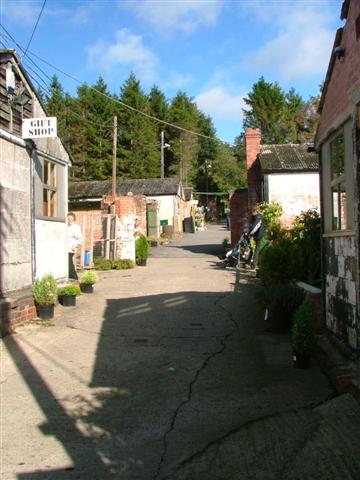Harperley Working Camp, World War II prisoner of war camp at Craigside

-
Description
"...The monument includes the standing structures and associated buried remains of a World War II prisoner of war (PoW) camp. It is located 1km due north of Harperley Hall and was officially known as Working Camp 93, Harperley Camp. It was a purpose built establishment designed to house low security risk PoWs who were employed locally in agriculture. Included in the scheduling are 49 buildings, surviving in various conditions of repair. During World War I Harperley Hall had been used to house a small number of German PoWs. In World War II the Harperley estate was again called upon, and a purpose built camp was established by January 1943, initially to house Italian PoWs captured in North Africa. They were employed locally in agriculture with some PoWs housed in hostels across Co Durham or billetted directly on farms. On 22 September 1944 the remaining Italians at Harperley Camp were dispersed to hostels and farms to make room for 716 Germans deemed to be of a low security risk. These were again to provide agricultural labour in working gangs of up to 25 men....." -
Owner
Historic England -
Source
Local (Co-Curate) -
License
What does this mean? Unknown license check permission to reuse
-
Further information
Link: https://historicengland.org.uk/listing/the-list/list-entry/1020730
Resource type: Text/Website
Added by: Simon Cotterill
Last modified: 6 years, 10 months ago
Viewed: 636 times
Picture Taken: Unknown -
Co-Curate tags










